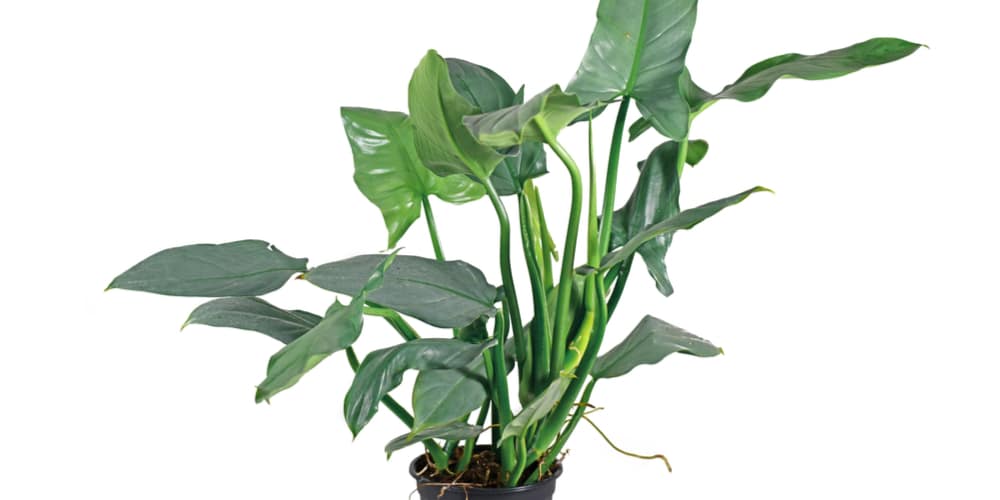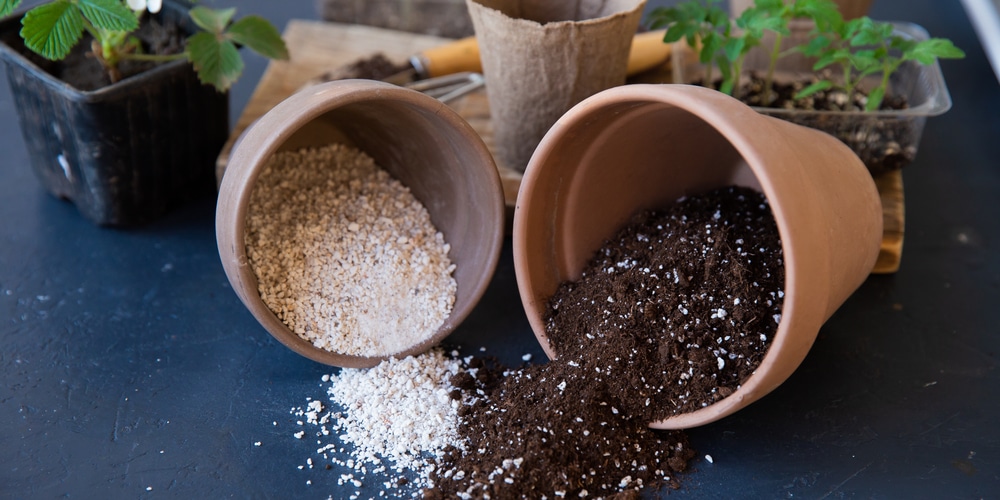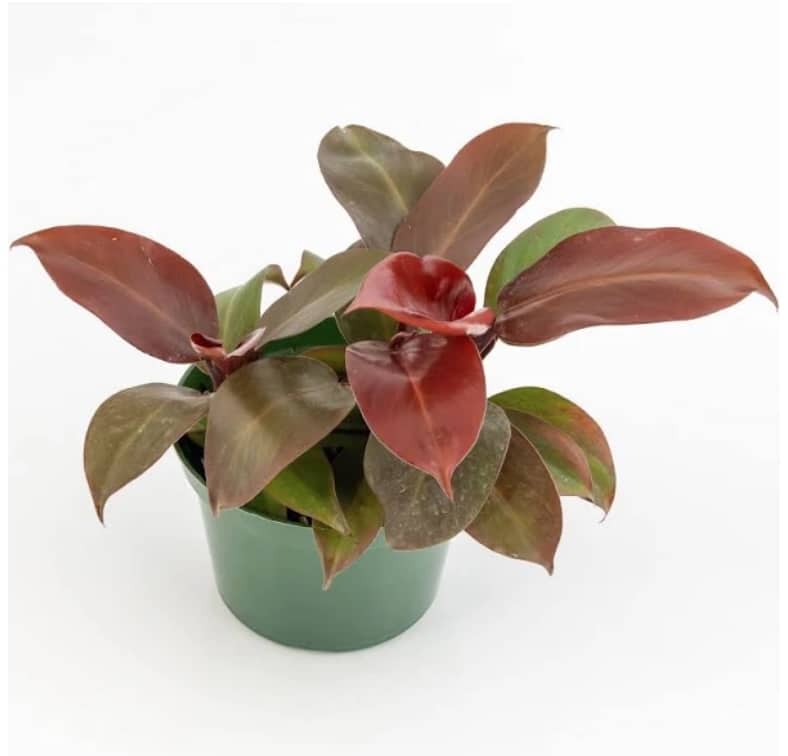Philodendrons are stunning indoor plants that can add a tropical vibe to your house. With its brilliant green large glossy leaves, a philodendron can add a beautiful splash of color to your indoor space. But these plants are tropical, meaning you’ll want to mimic their natural habit for them to thrive in your home.
While caring for a Philodendron doesn’t have to be challenging, you will have to pay attention to the amount of light, water, and nutrients they get. Plus, you’ll have to ensure the humidity and temperature in your house are adequate for its survival.
Besides all of these concerns, the choice of Philodendron soil mix is crucial. Not meeting these plants’ requirements will challenge their growth and development. In essence, soil quality will determine your plant’s health, so you want to make sure you pick a mix that will provide your plant with all it needs. To find out how to ensure your plant’s health at home, keep reading our essential guide on Philodendron Soil Mix.
Signs You Should Change Your Philodendron Soil Mix
Luckily, you can keep an eye out for a few signs that indicate you should change the potting mix to make the right choice. We summarized what you look for here, so you can have a better idea of what might be threatening your plant’s survival.
The Soil Mix Doesn’t Dry
Philodendrons require well-draining soil. If you notice it doesn’t dry, you may have to improve drainage to ensure your plant will thrive. Constantly wet or moist soil can cause your philodendron’s roots to rot. Plus, stagnant water attracts bacteria and other harmful pests that damage your plant.
You Chose Dense and Compact Soil
These tropical plants need loose and airy soil. Denser conditions will suffocate your philodendron’s roots, which will struggle to absorb oxygen and water. You can test if your soil is loose enough by pushing your finger into it. If you can do it without much effort, the mixture is good. Otherwise, if you feel the soil solid to the touch or too dense, you will have to transfer your plant to another potting mix. To assess the density, you can also use a piece of metal wire and mark where it bends: the closer to the surface, the more compact.
Curly and Yellow Leaves
One of the attractions of Philodendrons is their brilliant green leaves. However, inadequate soil conditions will cause your plant to curl and produce yellow leaves. Instead of being hard to the touch, weak philodendron’s leaves will be soft and limp. Because inadequate soil will prevent the plant from getting the nutrients it needs, the first thing you should consider when noticing your philodendron doesn’t look healthy is to change the soil.
Zinc, manganese, and nitrogen deficiencies can also cause yellowing and curling to the leaves. If you feel your soil mix allows for adequate drainage and is not too compact, you may have to fertilize your plant.
Halted Growth
If your philodendron is not growing, it likely is because it can’t absorb what it needs. If the soil is not suitable for your plant, its roots won’t absorb the water, oxygen, and other nutrients it needs. In turn, this will stop photosynthesis: your plant won’t produce enough energy to support growth and will start to wit and eventually die.
Bad Smell
Inadequate Philodendron Soil Mix can cause roots to rot. You may notice some unpleasant odor coming from your pot, which indicates you need to change the mixture. Root rot and the build-up of harmful bacteria cause a foul smell.
Dehydration
Dehydration is another sign that the soil is too dense for your plant. When philodendrons receive too little water, they start browning. If you are using inadequate soil mix, it might dray too quickly, causing your plant to suffer.
What’s the Proper Philodendron Soil Mix?
As you can see, the choice of soil mix plays a crucial role in philodendron’s health. Now that you know what symptoms you should look for, it is time for you to learn about the proper soil mix for this plant.
In general, philodendrons do best in peat soils that drain well. Add the plant to a pot with drainage holes to ensure it will hold enough moisture for its survival. The soil must be rich in organic material and never be saturated. Without proper water retention, photosynthesis will be challenging, which will eventually cause your plant to die.
Philodendrons require adequate aeration. Adding organic materials will help keep the soil loose. Compost, manure, peat moss, and mulch make the soil more porous. You can also use a stick to make holes into it to ensure better airflow.
In terms of pH, these plants thrive between 6.0 and 6.5. More acidic soil or alkaline might harm your plant and attract harmful bacteria. Carry out a pH test if you are unsure of the quality of your soil.
Our Recommendations
Now that you know what soil you should pick for your plants, you may benefit from a couple of tips. As you should know by now, philodendrons require well-draining soil lightweight and with good aeration. Because of its fast growth, this plant also requires an environment rich in nutrients. Regular potting soil won’t meet all these requirements. It is too compact, too heavy, and doesn’t drain fast, which can damage your plant.
While you can buy special mixtures for these plants, you can also recreate suitable soil conditions for them at home. If you don’t want to make things complicated, mix one part of coco peat, one part of potting soil, and one part of the compost. Alternatively, mix orchid bark, coconut coir, perlite, and worm castings in the same ratios. These materials create the ideal soil but might be hard to source. If you find them, mix them in a large bin and stir with your hands. That’s how easy as it sounds! Keeping the stunning tropical philodendrons at home isn’t hard when you provide them with adequate soil conditions.


